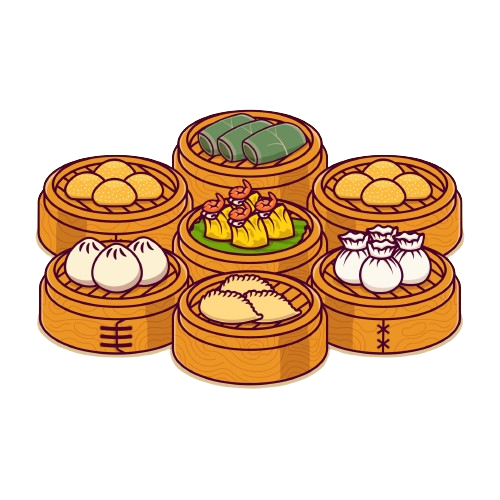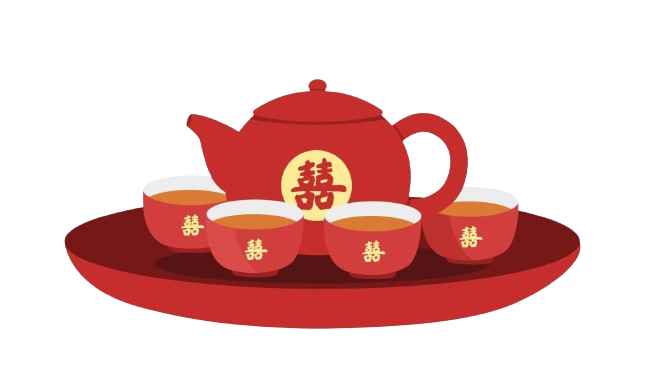





DimSum History








Dim sum, a beloved culinary tradition, traces its origins back to the teahouses along the ancient Silk Road in
China. As weary travelers journeyed through the bustling trade routes, these establishments offered not just tea
but also small, savory snacks to accompany the brew. Over time, this evolved into a rich tapestry of flavors,
textures, and aromas that we now know as dim sum. The history of dim sum is intertwined with the vibrant cultural
exchanges along the Silk Road, where ingredients and cooking techniques from various regions melded together,
resulting in a diverse array of bite-sized delights.
Stepping into a traditional dim sum restaurant is like entering a bustling marketplace of flavors and aromas.
The air is thick with the scent of steaming bamboo baskets filled with delicate dumplings, savory buns, and
cr. ispy spring rolls. Tables are adorned with vibrant spreads of dishes, each offering a unique sensory experience.
From the tender embrace of a pork siu mai to the crisp crunch of a golden-fried taro puff, every bite tells a story
of culinary craftsmanship passed down through generations.
Beyond its culinary allure, dim sum is steeped in cultural significance and social tradition. In Chinese culture,
dim sum is more than just a meal; it's a communal experience that brings friends and family together. The act of
sharing small plates encourages conversation and connection, creating cherished memories around the dining table.
Dim sum rituals, such as pouring tea for others before oneself, symbolize respect and camaraderie, further enriching
the dining experience. As the steam rises from the bamboo baskets and laughter fills the air, dim sum continues to
weave its delicious legacy through generations, celebrating the art of good food and joyful company.